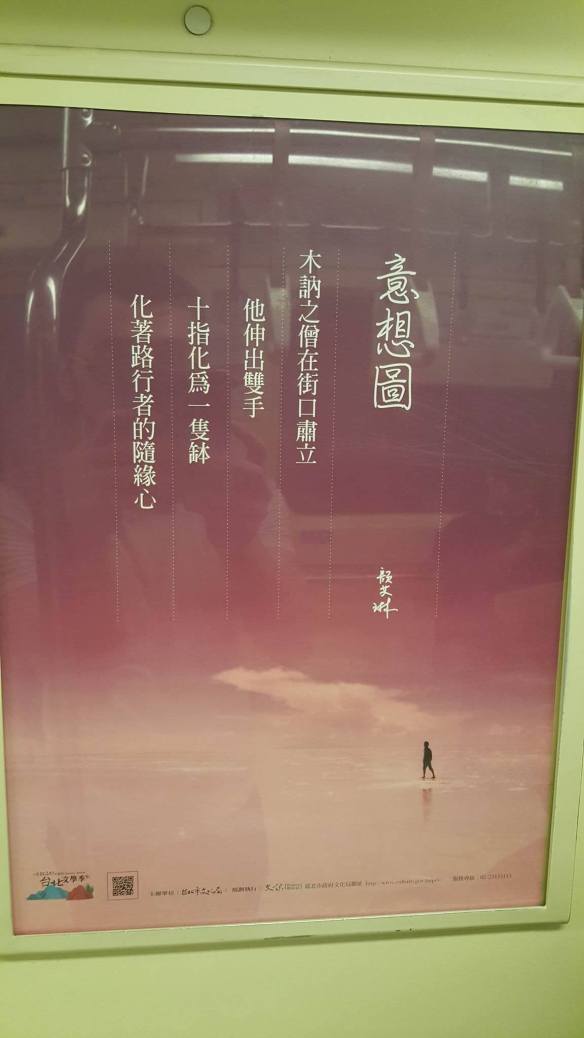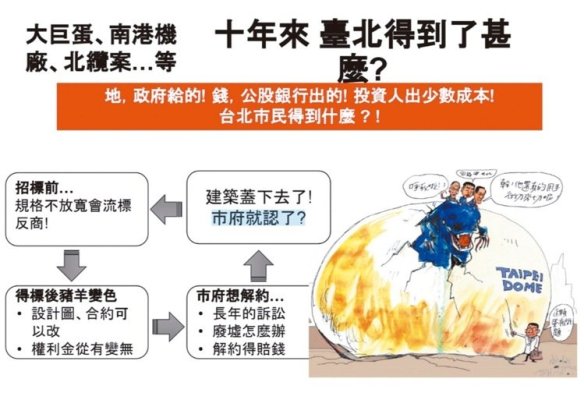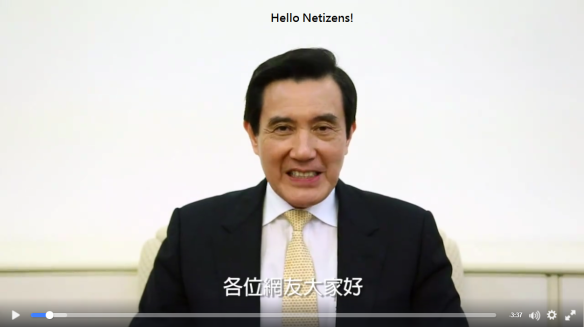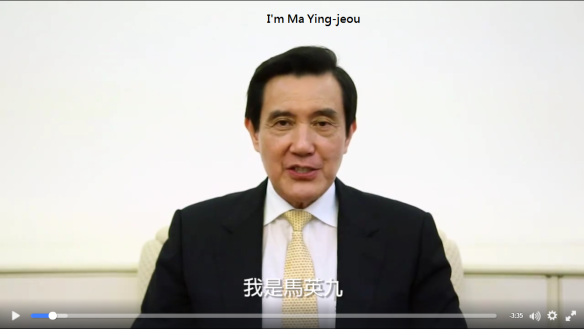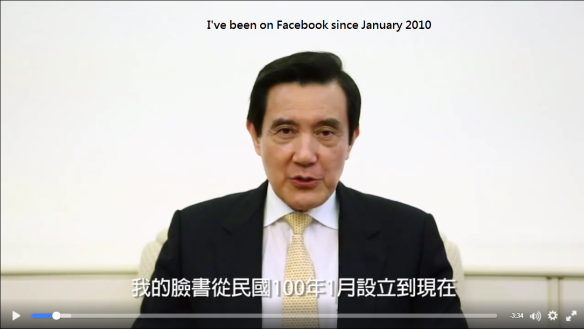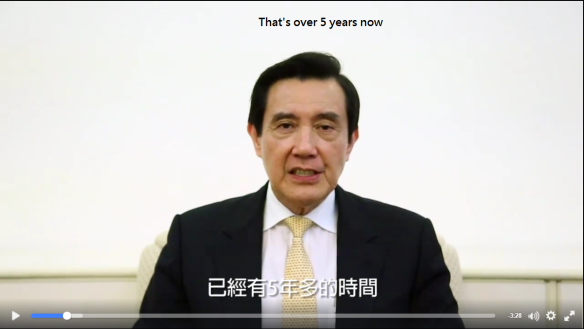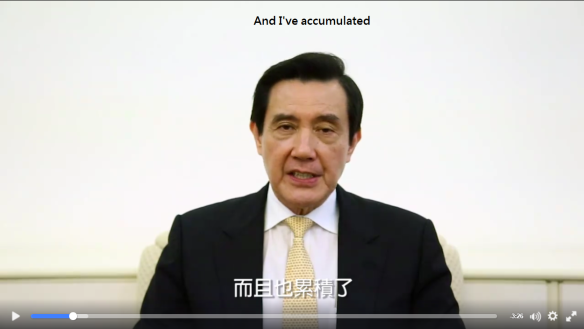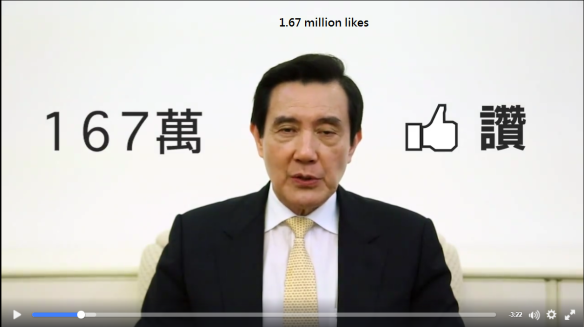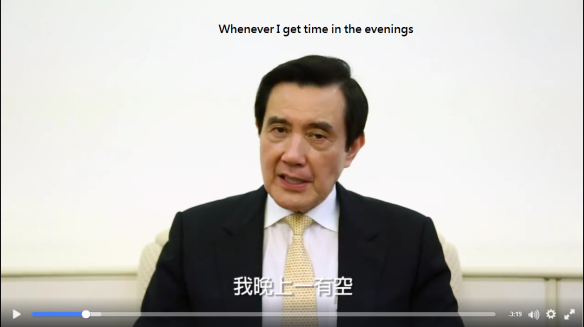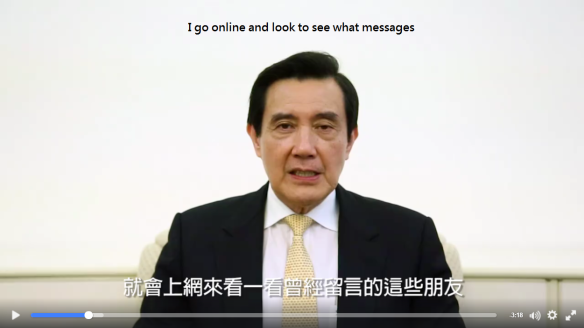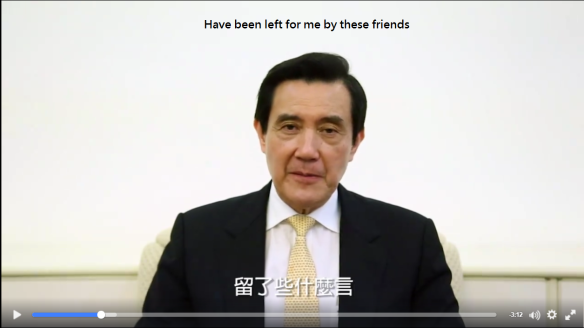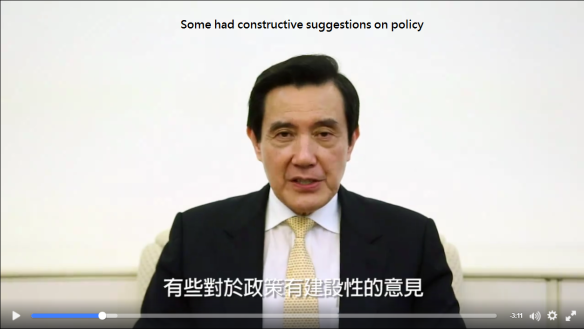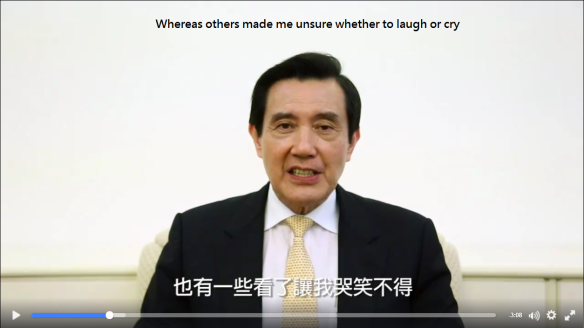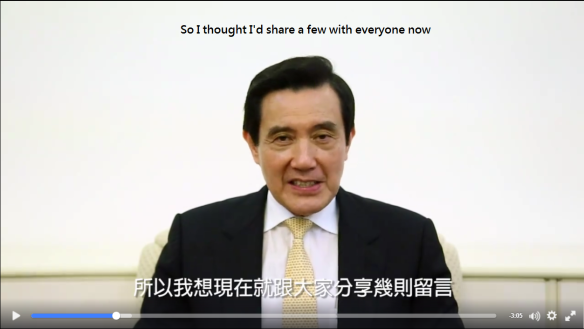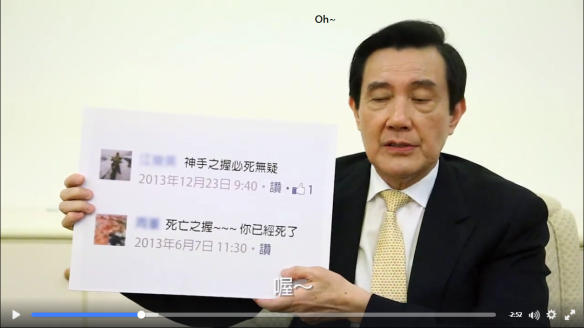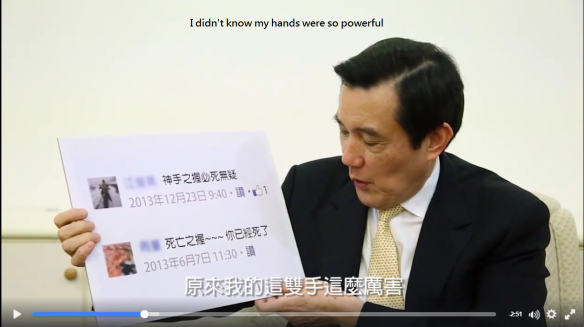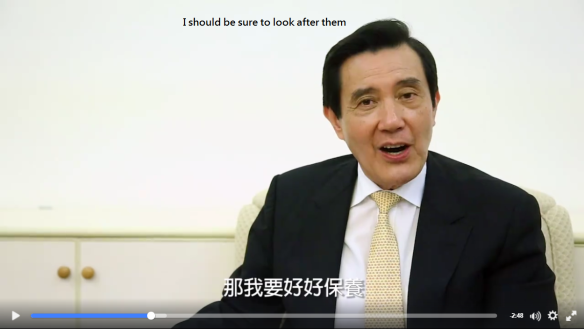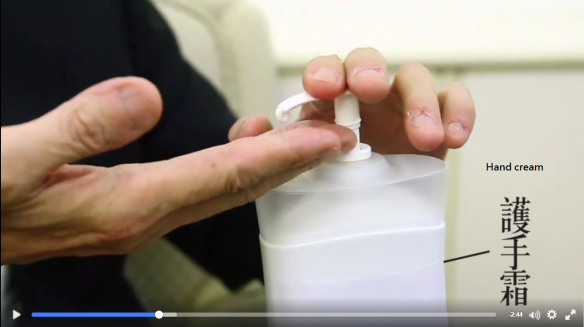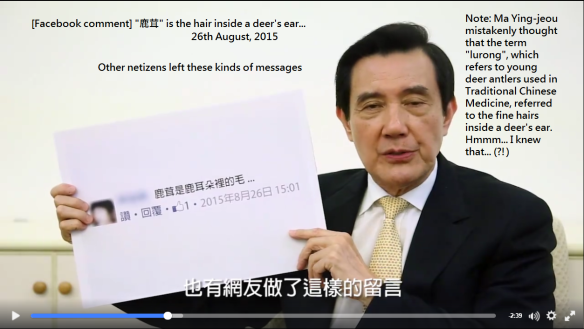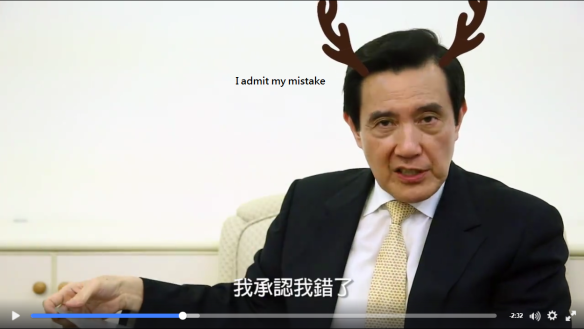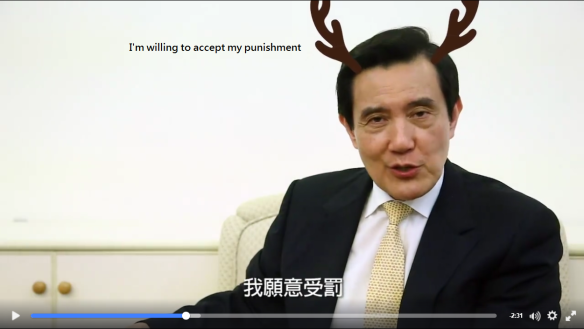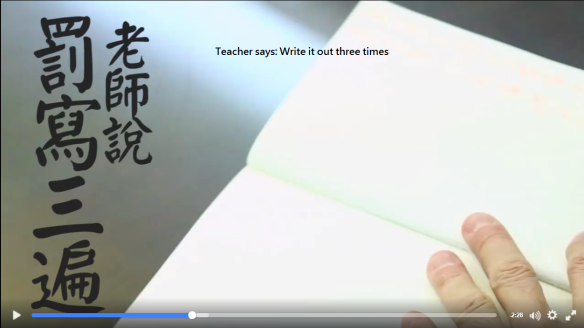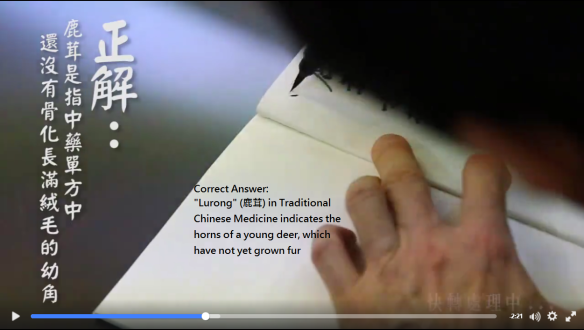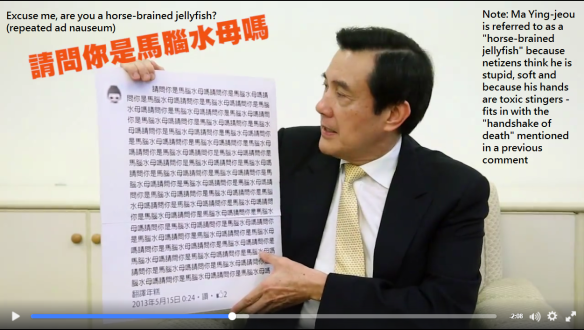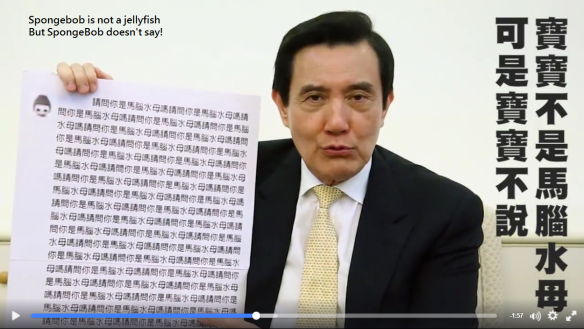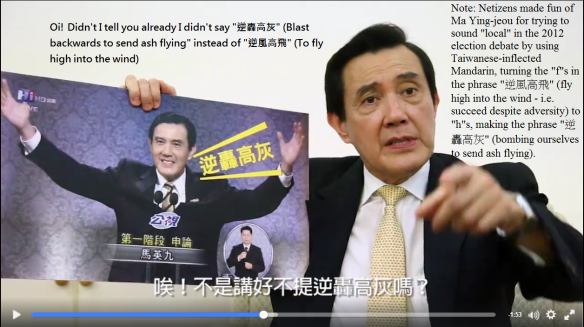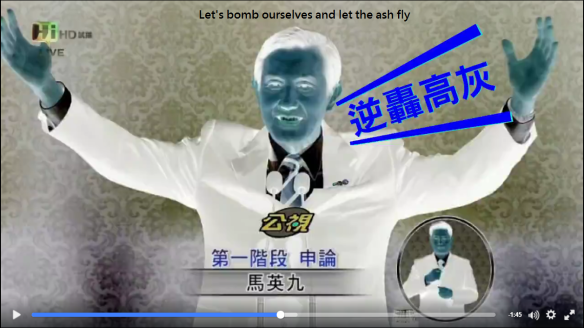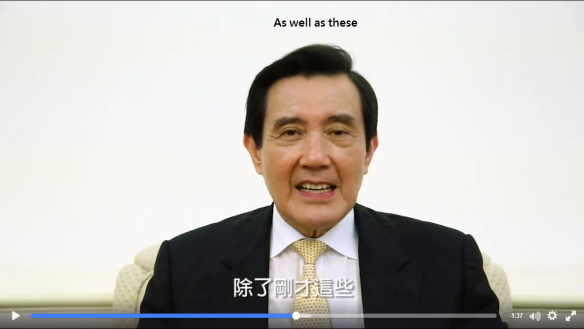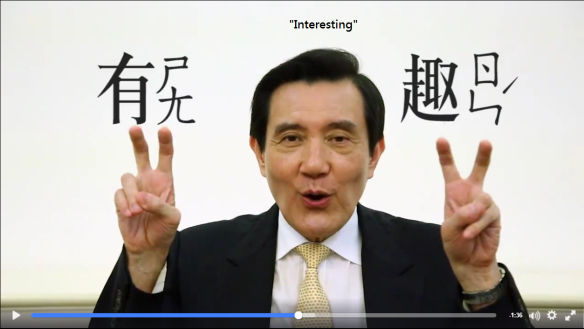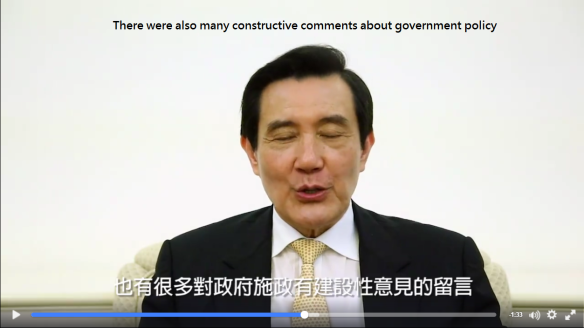I went to Xinbeitou today to check out all the Pokemon Go fun. Loads of people and really nice atmosphere, although drivers weren’t seeing the fun side.
[wpvideo VsvA7iOQ]
Every time there was a rare pokemon found in the park, there were whispers and a rising bubble of excitement followed by a stampede.
While I was waiting for my friend to finish up (as my battery had died), I got approached by a man with a National Taiwan Ocean University cap on his head, with the words 「地震奇人」(earthquake whisperer) along the side. He did the standard awkward stranger approach and after asking where we were from we continued to talk in a mixture of Chinese and English. He said that he didn’t understand why everyone had gone mad for the game, and said that he’d been coming to Xinbeitou for the hot springs for quite some time but it had never been so crowded before. After this things got a bit weird. He pointed to the「地震奇人」on his cap, which he said is someone who can hear earthquakes before they happen. He said he was working for free at the university as a postdoctoral researcher and that he was approaching 70 years of age. He said he was able to predict typhoons at least 8 days before they hit too. Then he took out this advertisement:

He asked me what I thought of the picture. Then started to describe how the different shapes represented different things. Like the mountain in the background is important because it represents a goal, and something about how it has its inverse in the neckline of Angelina Jolie’s top. The arm making an “L” shape and her leg an inverted “V” also featured. Then he started talking about the mangroves and what they represented. He then took out several other pictures. One was of a Fendi Karl Lagerfeld campaign as below:

He said he was a structural engineer and had also studied economics, so he had created his own field which he calls “economic/financial architecture” or something similar. He took out a graph showing the stock price fluctuations of 東鋼 (Tungho Steel), when I asked him why Tungho Steel, he said it wasn’t important, that it was just about the shape of the fluctuations on the graph. He took out picture of two nearby buildings, which were visible from where we were standing. The first was the Radium Kagaya, pictured below:

He kept stressing the importance of threes, in particular, how the building moves out in three blocks from the right. He also had a picture of the building below, which neighbours it:

It’s slightly harder to see, but he had another theory about the shape of the medium bit of this building, as the three parts towards the top have a different shape than the ones below.
He said his method of analysis was based on the discoveries of Robert F. Engle III and Clive W.J. Granger, who won the Sveriges Riksbank Prize in Economic Sciences in Memory of Alfred Nobel 2003, the former for “methods of analyzing economic time series with time-varying volatility” and the latter for “for methods of analyzing economic time series with common trends (cointegration)”. It was slightly odd, because he kept mentioning the concept of qi (氣) too. I’m not sure how his interest in economic trends in the real estate market related to the shapes of the buildings. But I thought it was an interesting encounter I’d never have had if not for Pokemon Go.













 I thought that the recent trademark dispute between Taiwanese tea brands 「茶裏王」 (King of Tea) and 「阿里王 Ali One」 that resolved in favour of the former was interesting because two characters 「里」 and 「裏」 have been seen by the Taiwan Intellectual Property Court as the same character.
I thought that the recent trademark dispute between Taiwanese tea brands 「茶裏王」 (King of Tea) and 「阿里王 Ali One」 that resolved in favour of the former was interesting because two characters 「里」 and 「裏」 have been seen by the Taiwan Intellectual Property Court as the same character.


